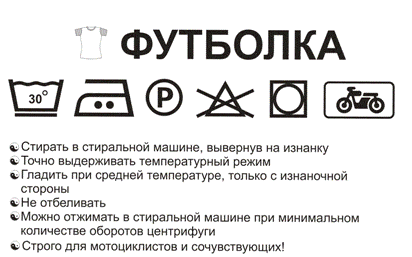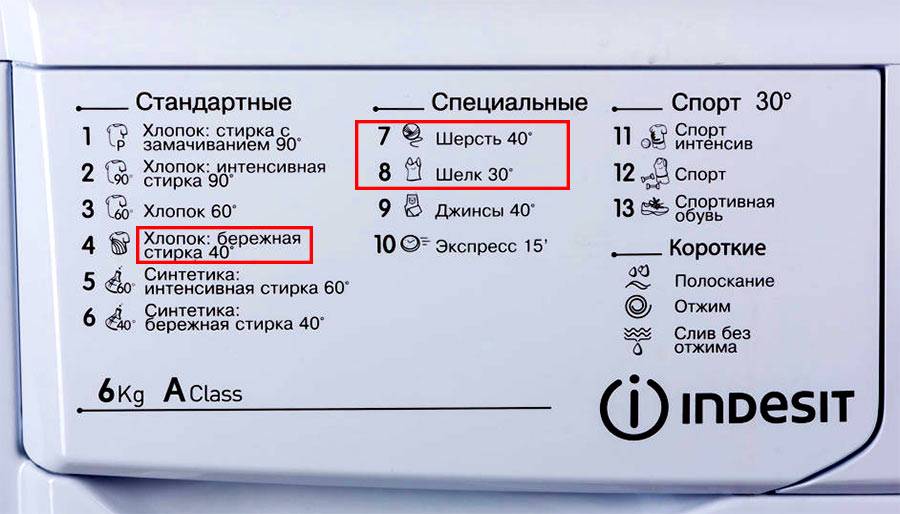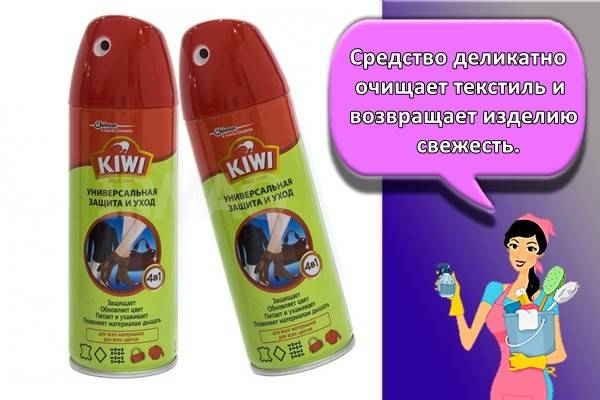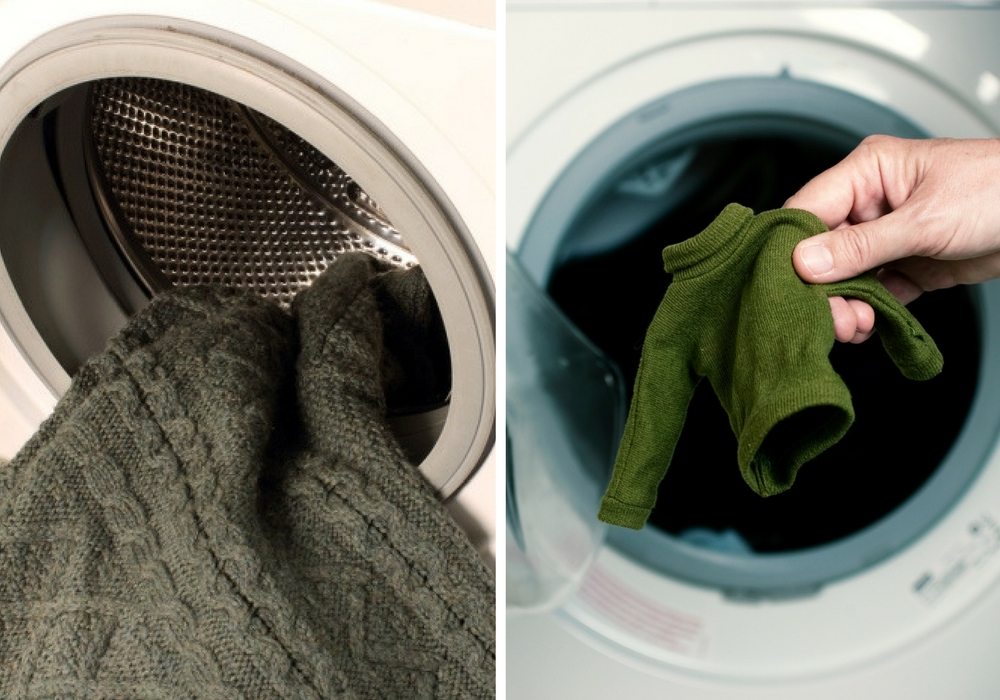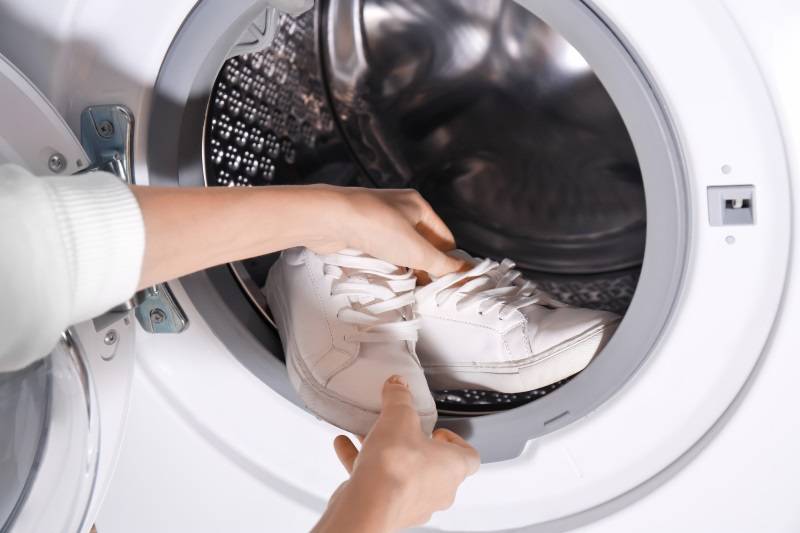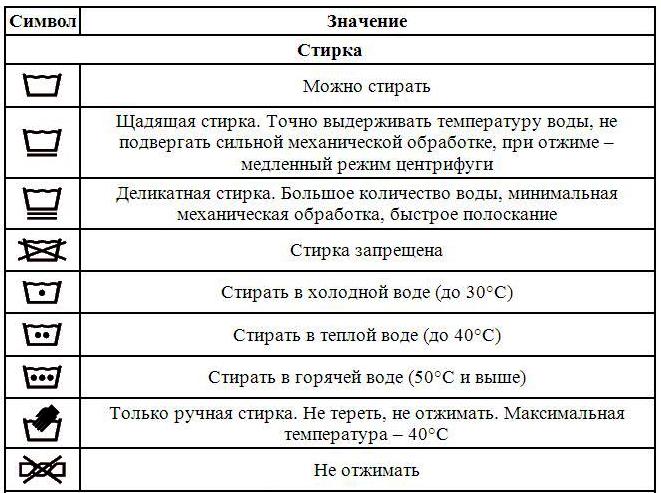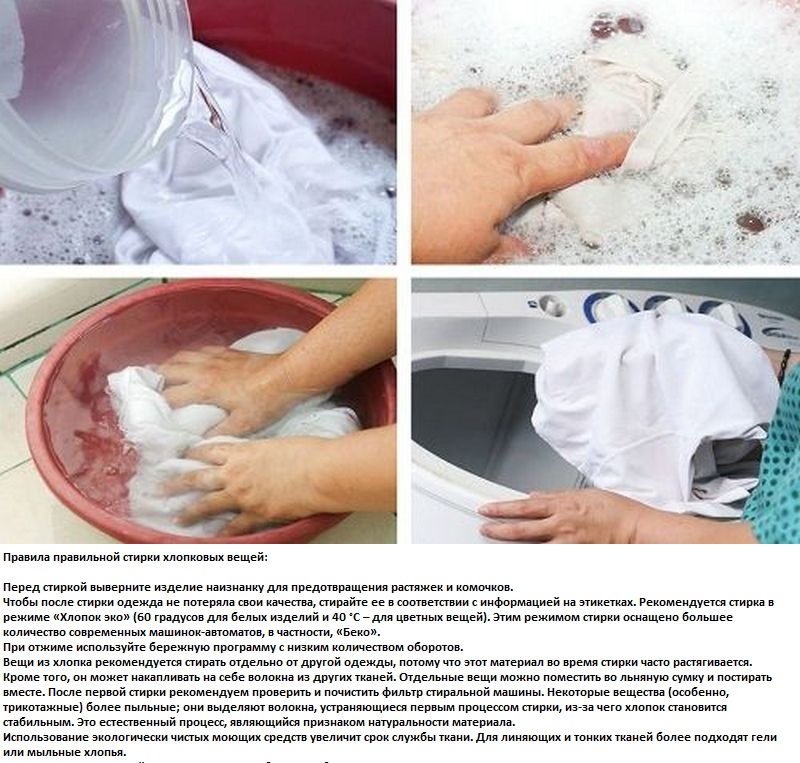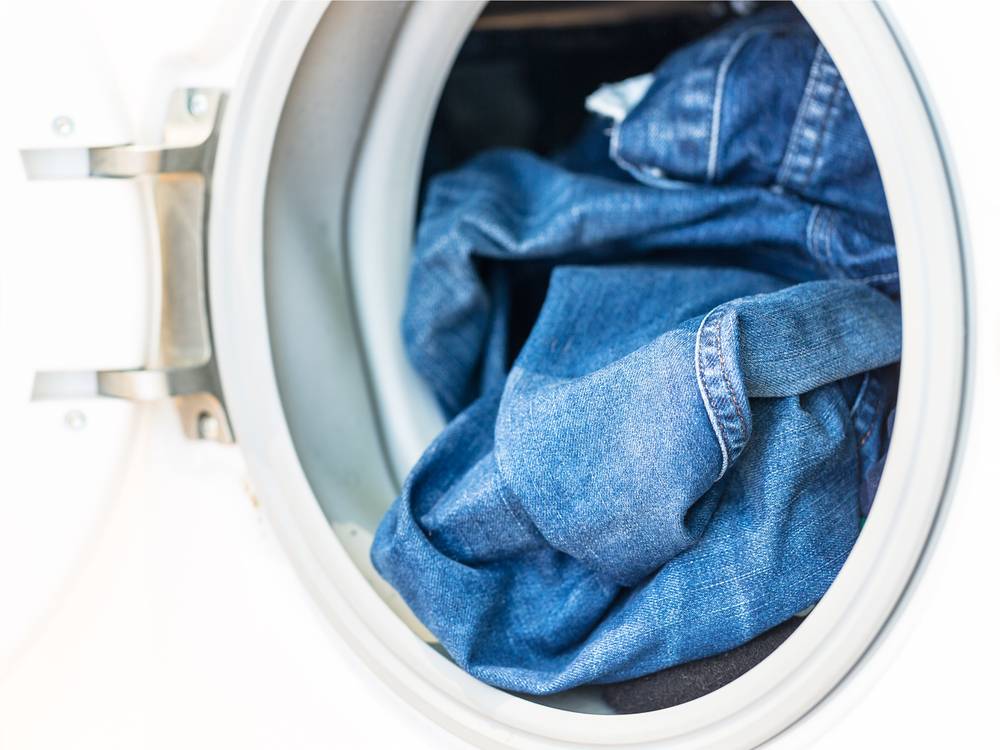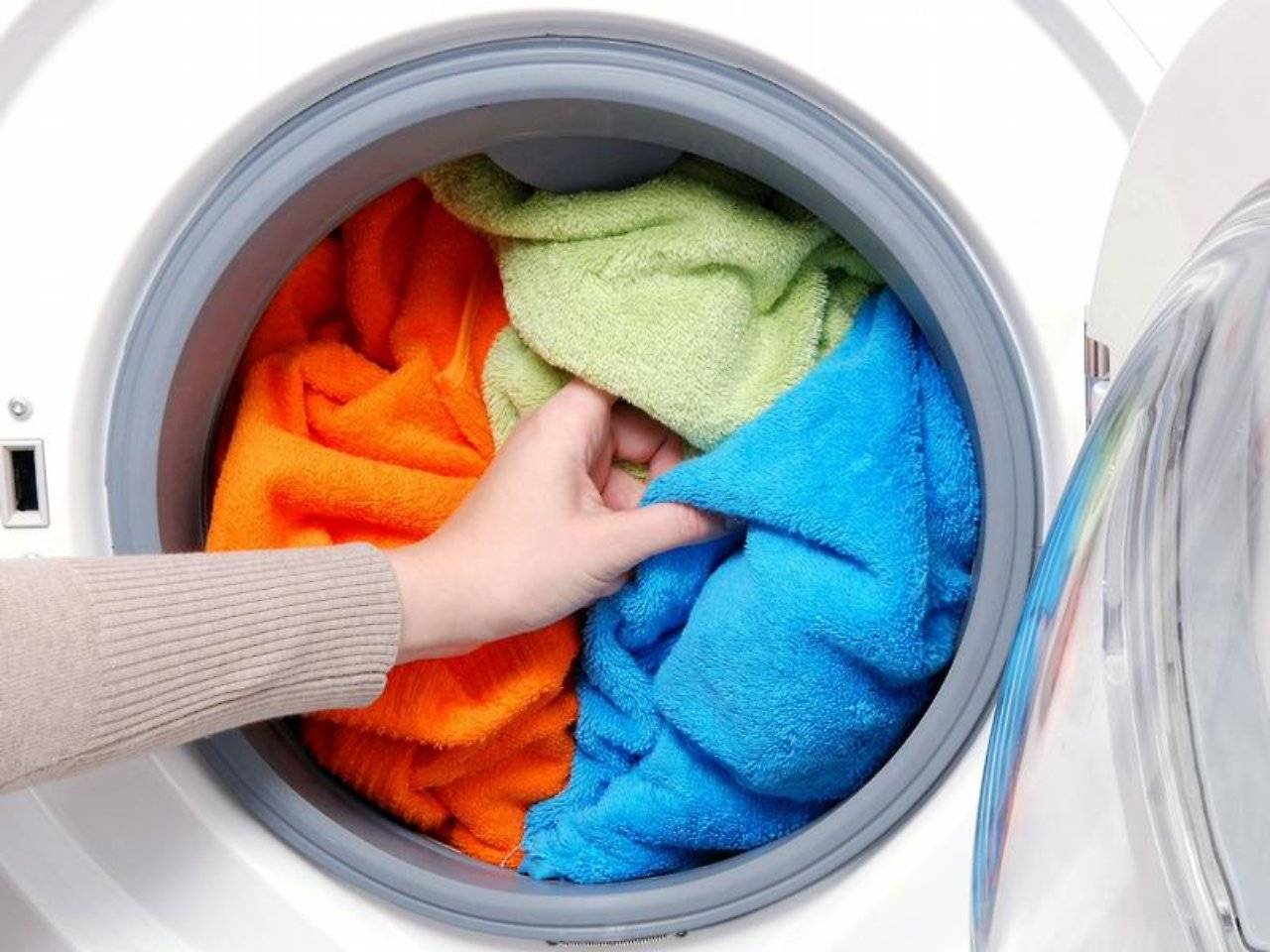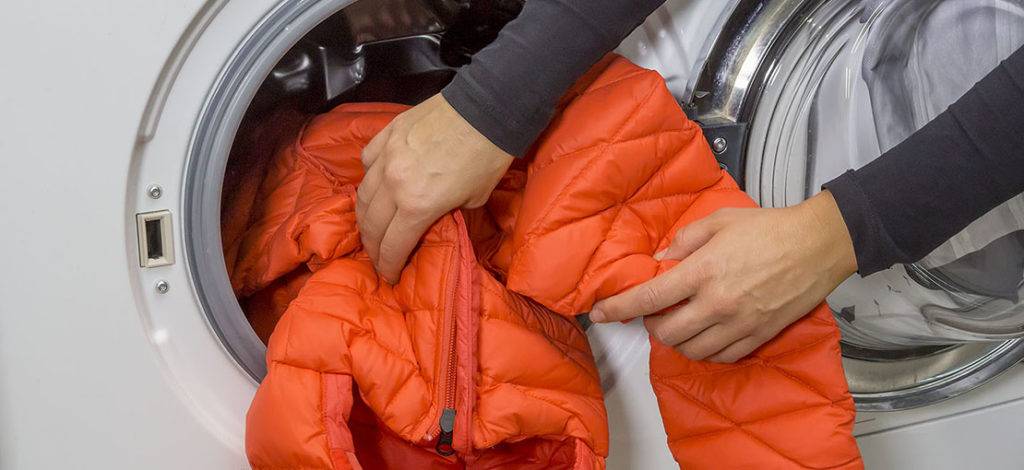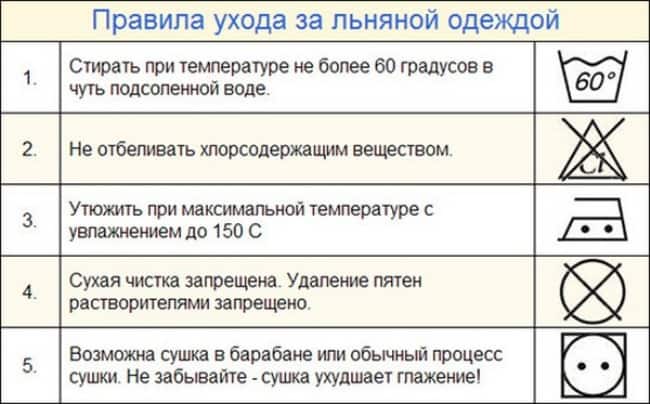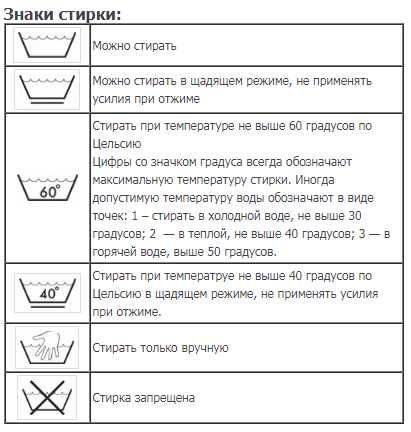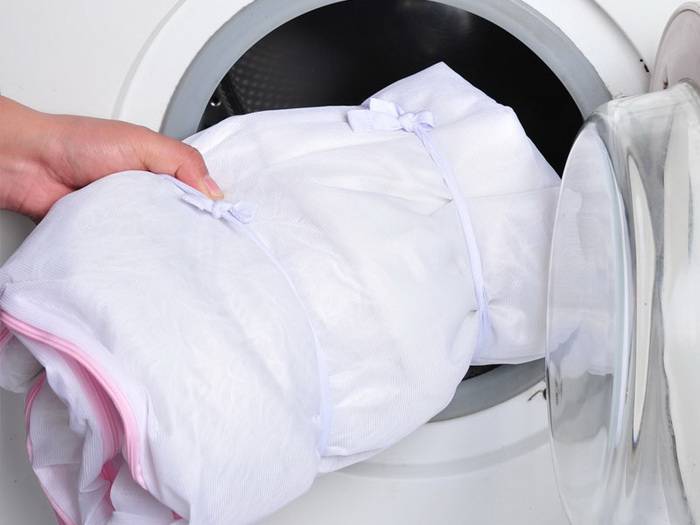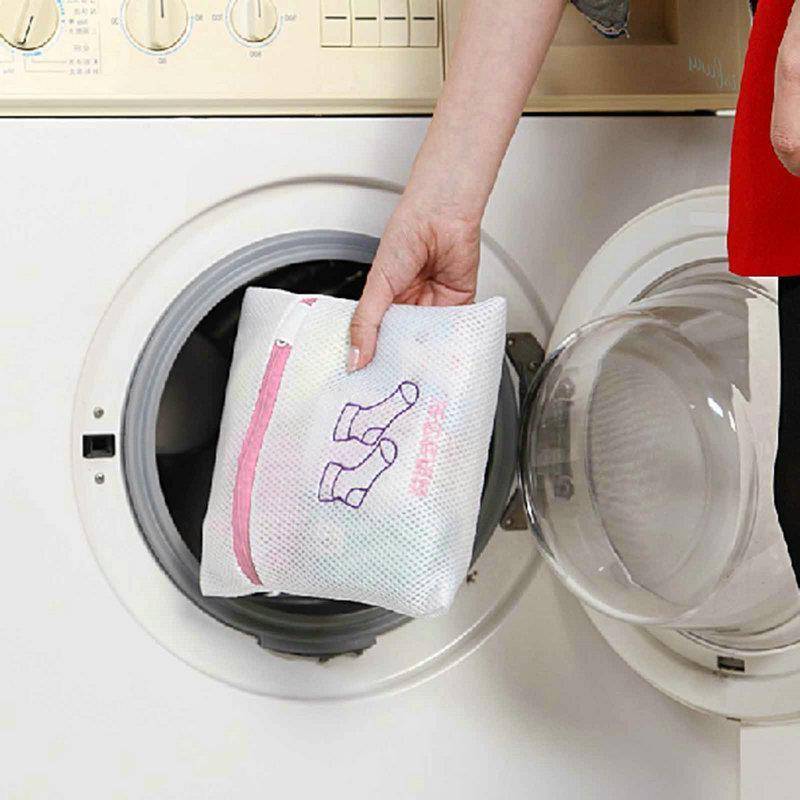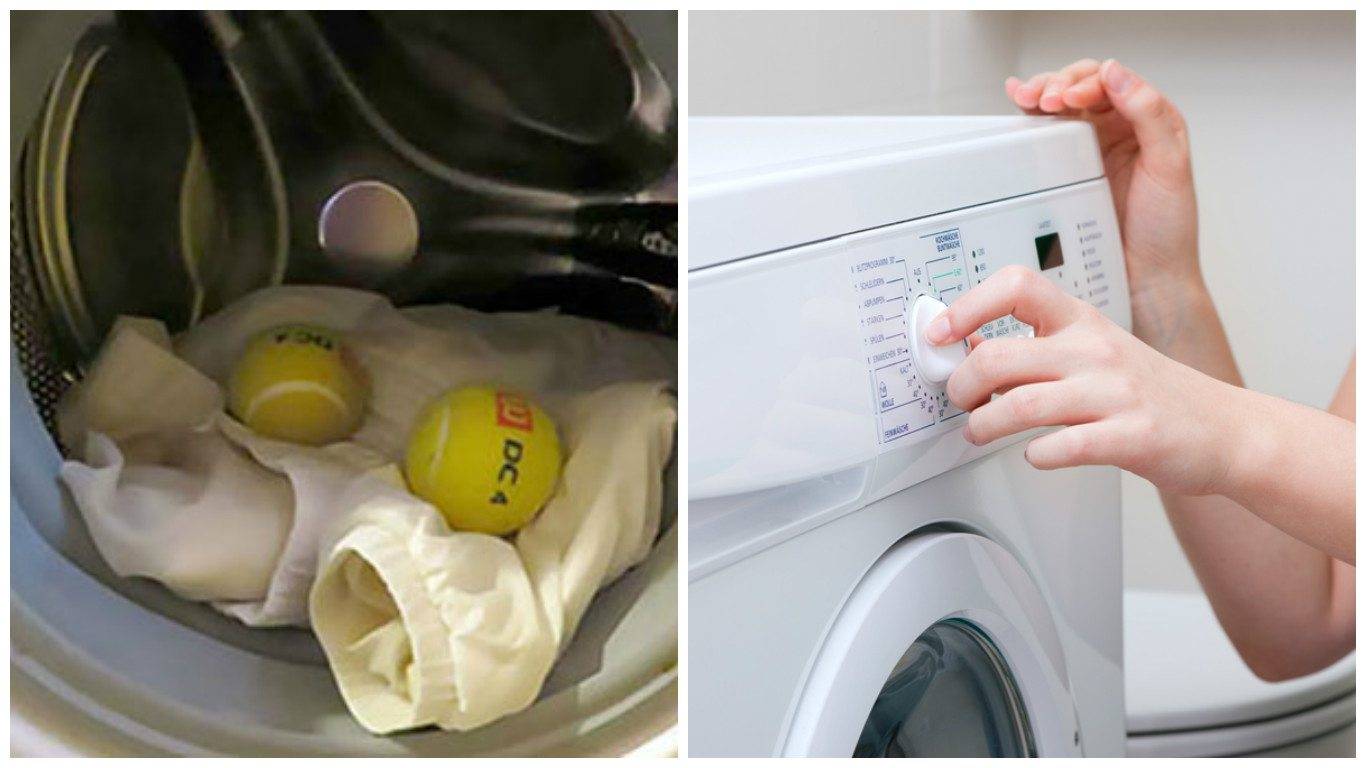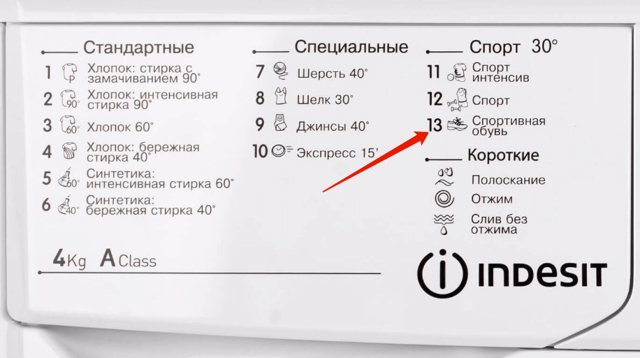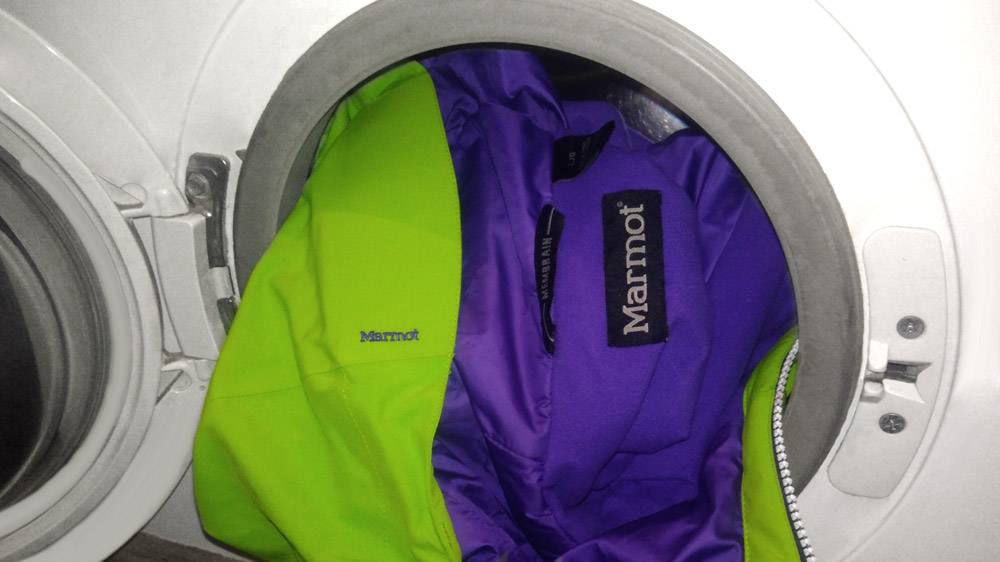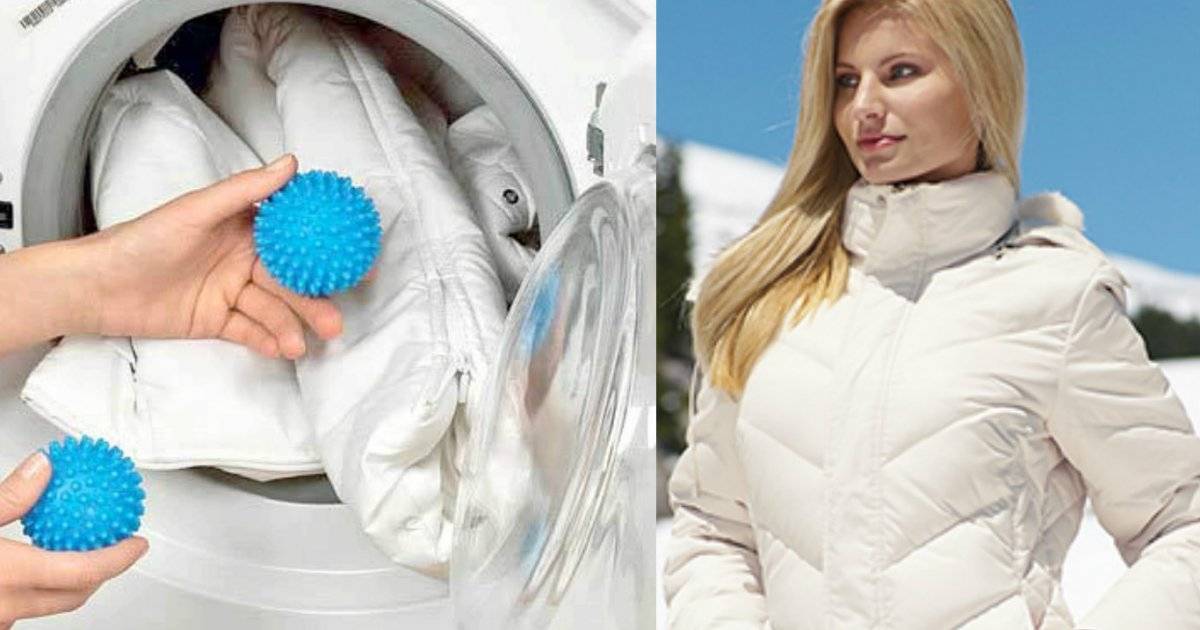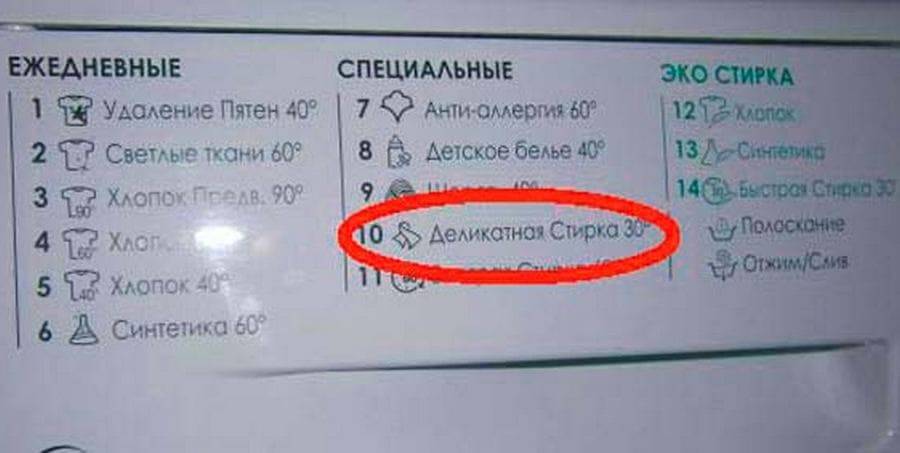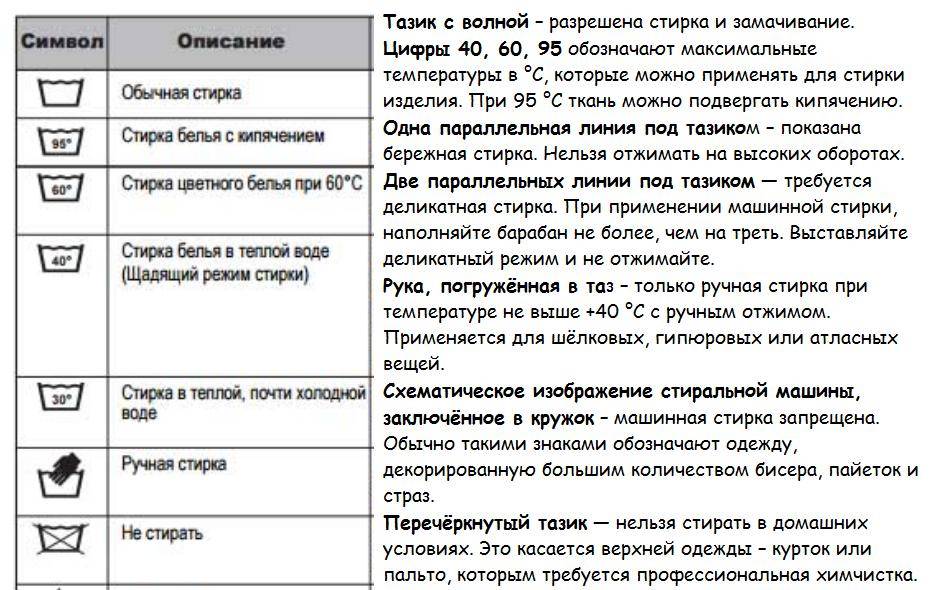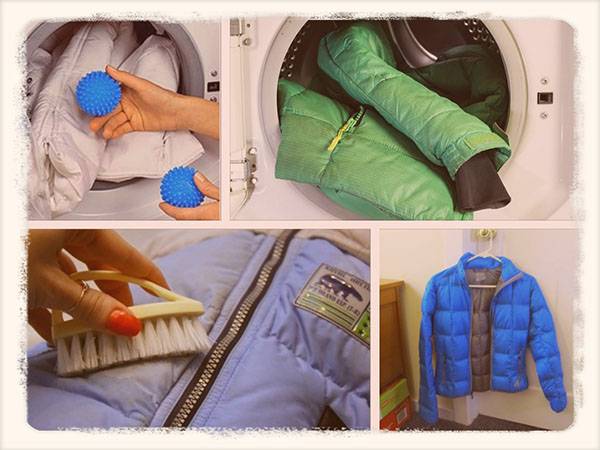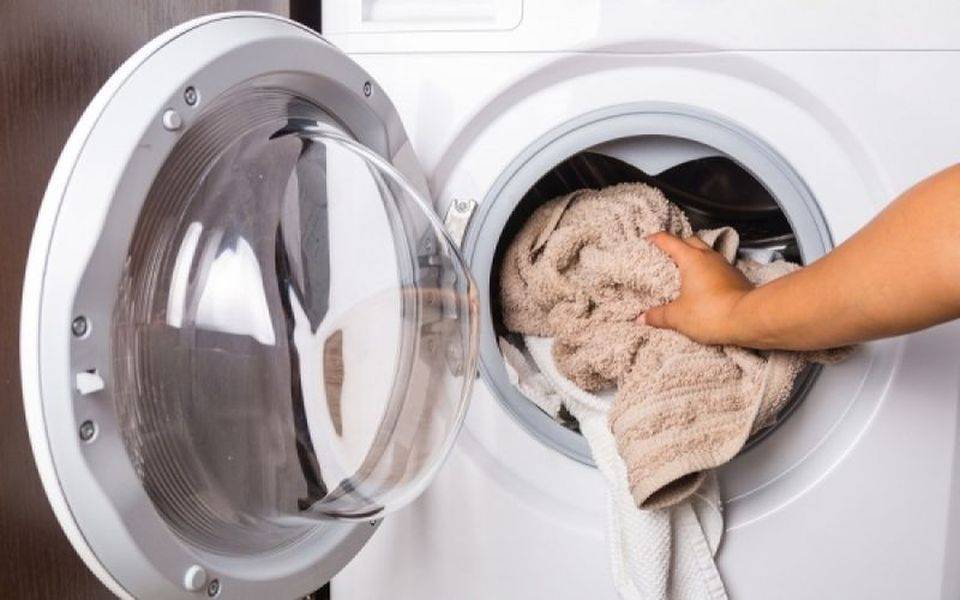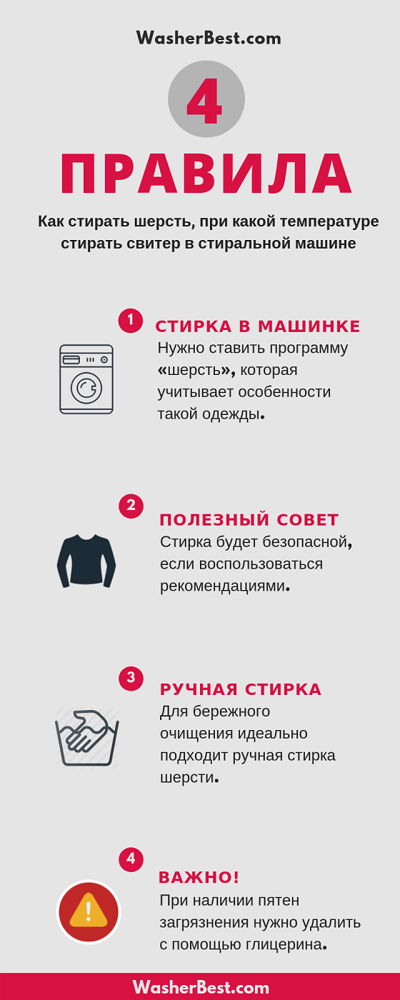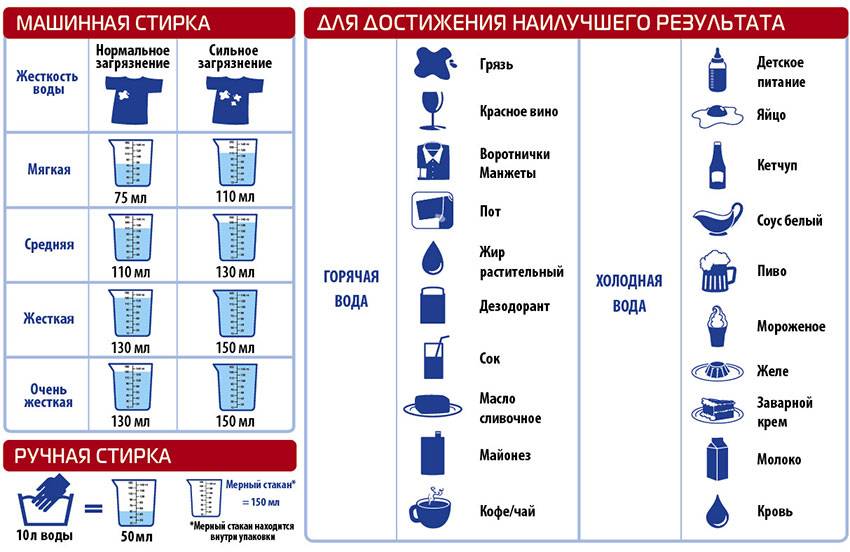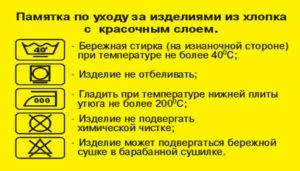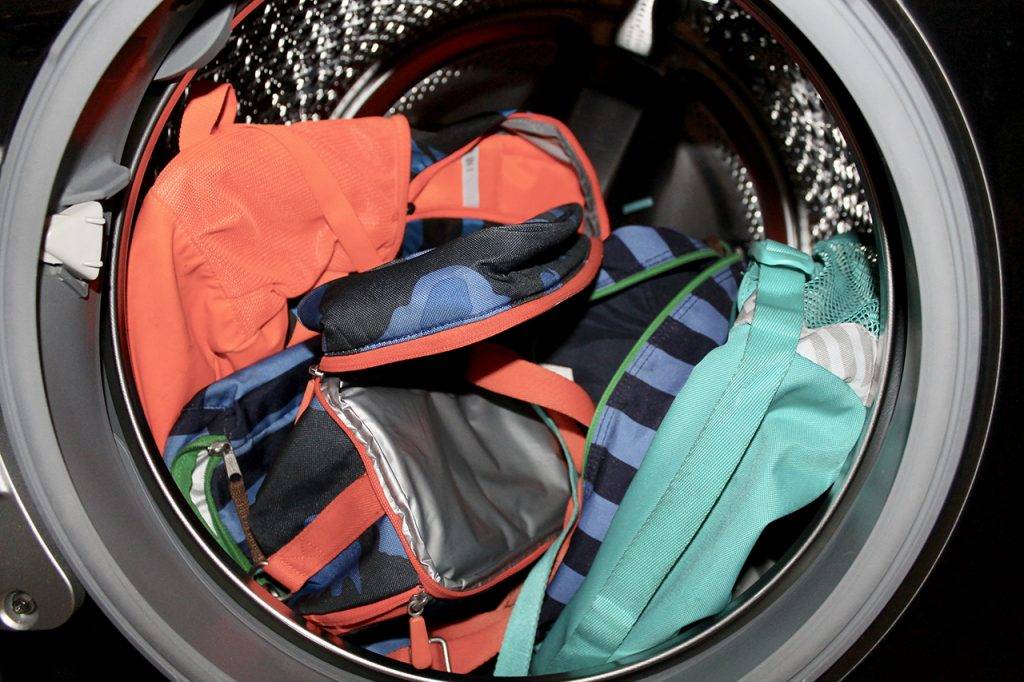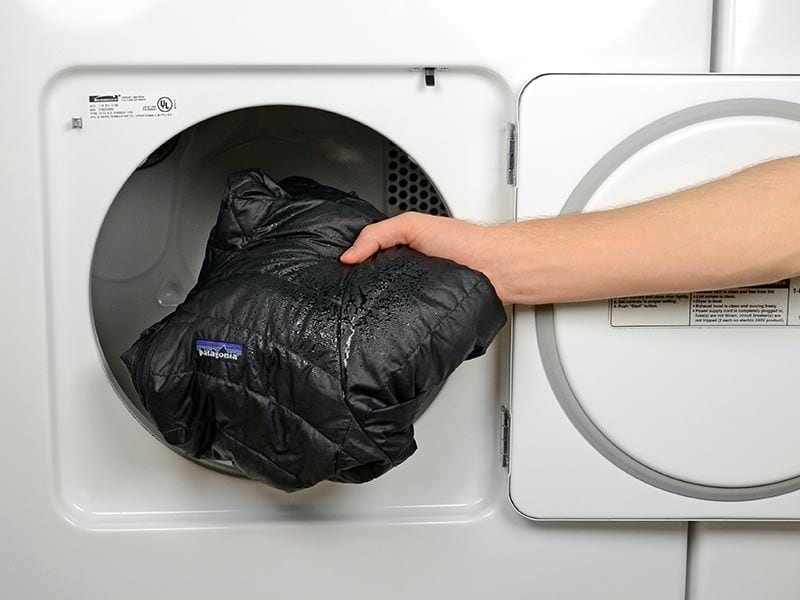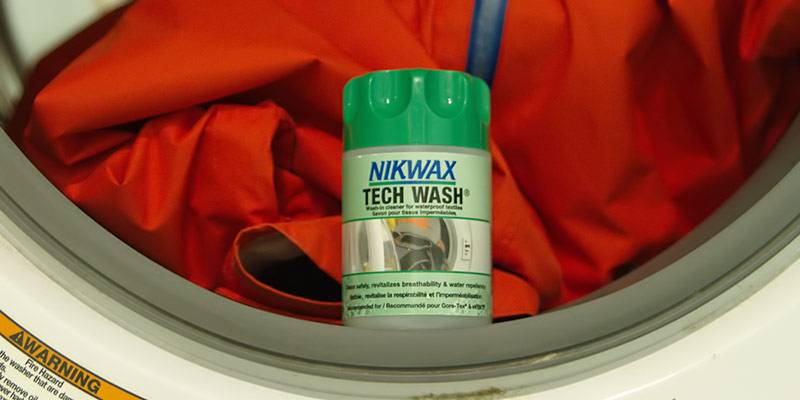How to remove various impurities and unpleasant odors
If you find spots on your shoulder bag, we will show you some effective ways to deal with them.
- A simple laundry soap can help fight stubborn soot, grease, or ink stains. It is as loyal as possible to most types of fabric and eliminates stains without harming color. Wash the stain with laundry soap and let it sit for 10-15 minutes, then rinse it off with warm water.
- For particularly delicate fabrics, use foam made from professional detergents or, if none are available, conventional dishwashing detergents. Using a toothbrush or clothing brush, apply this foam to the dirt and rub well. Then, rinse the bag in warm, but not hot, water.
- Clean natural leather, preferably with a damp cloth. This material poorly absorbs various dirt and can be easily cleaned with a vacuum cleaner and wiping with a rag.
To remove grease stains, use one of the following methods:
- First, cover the contamination with table salt. If the stain has been absorbed, apply a little water.
- The easiest way to remove grease stains is with ordinary ammonia. Apply it to cotton wool and rub into the stain until it disappears completely.
- Fresh dirt will help remove dish detergents. Rub them into the stain, then rinse with warm, running water.
- If your child has an ink stain, this is not a cause for concern. Take any alcohol-containing solution (vodka, alcohol, etc.) and blot the stain with it with a cotton swab. Do not rub in under any circumstances, namely, soak. Repeat the procedure until the stain is completely removed.
- Dried gum can be removed using the refrigerator. Place your briefcase in the freezer until the gum is completely frozen, after which you can simply scrape it off. This method also works for plasticine.
- The best dust cleaning for a backpack is simple knocking out. Take all the contents out of the bag, then open all the zippers and turn it upside down. Then beat the backpack with your palm or a special knock-out stick.
After removing contaminants, the question often arises of "how to get rid of odors" with which the satchel is saturated.
You can use one of the following methods:
- Soak a clean backpack in water and a little vinegar. About half a glass for 3 liters of water, then rinse it in clean water to remove the vinegar odor.
- Treat the backpack with a disinfectant that has a deodorant effect. Treatment with special agents is the best fight against unpleasant odors.
- Place activated charcoal or cat litter in the compartments of your backpack. Leave them on for a few weeks and the unpleasant scent will go away.
- Rinse the items with an alcohol-based liquid (vodka, alcohol, etc. will do), this can be done with a rag or polarizer. Then let the things dry.
- Air the satchel for 10-12 hours.
Hand wash cotton
Despite the presence of an automatic washing machine, sometimes you have to resort to the method of hand washing. It is recommended for:
- cotton fabrics with a complex texture;
- delicate clothes made of the finest cotton;
- products with rhinestones, beads, hand embroidery and other similar decor.
It is recommended to wash them in warm water, the temperature of which does not exceed 40 degrees and, preferably, without preliminary soaking.
Preparing for washing
You need to start preparing by sorting white and colored things. Additionally, we sort out heavily and lightly soiled products. Some of them will need to be soaked to restore freshness and purity.We add them separately. Further:
- we turn out clothes and home textiles;
- we take out everything that is left in our pockets;
- we fasten all the fasteners.
Now it remains only to familiarize yourself with the care requirements indicated on the label. Only dry cleaning is recommended for some items.
How to wash clothes correctly?
It is recommended to wash natural cotton by hand without pre-soaking. It is better for him to prefer laundry soap, which is effective even with heavy dirt.
Having chosen a suitable product that does not contain chlorine and other active substances, we make a soap solution, the temperature of which should not exceed 50 degrees. It is necessary to wash delicate clothes made of natural cotton without undue effort, so as not to stretch thin fabrics. Clothes are wrung out without twisting and rinsed in warm water until the soap suds are completely washed off.
How to dry things properly?
It is not recommended to dry cotton items in the open sun. Hanging them on clothes lines, due to their stretch ability, is not allowed. At the end of the wash, cotton clothes are laid out horizontally until they are completely dry. Iron it unfinished at the maximum temperature. It is allowed to use the steaming mode.
Recommendations for different fabrics
In order for your clothes to always look presentable, stylish and not lose their properties, you should be careful about the material of which the products are made. The care of this or that clothing will depend on this.
Linen and light-colored fabrics, which include cotton, are best washed at a temperature of 90-95 degrees. Such products are squeezed out at maximum speed. Colored cotton items are best washed at a temperature of no more than 60 degrees. It is also possible to wring out products at maximum speed.
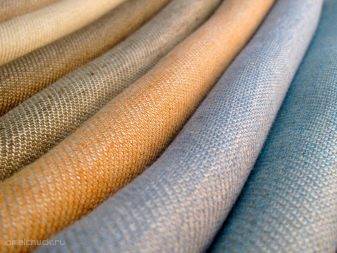

It is worth remembering that artificial fabrics such as lavsan, lycra, acrylic cannot be washed with substances that contain alkali. Be sure to look at the composition of the powder or soap. There should be no sodium carbonate in there.
Natural silk, wool and other fabrics of animal origin should not be washed with enzymes that break down proteins. It is better to choose special means so that your clothes will serve you for a long time.

It is advisable to wash products on a sheepskin by hand using special means. This should be done in warm, but not hot, water. However, there are also some items that are not suitable for washing. In any case, you should first look at the product label to make sure your intentions are correct.
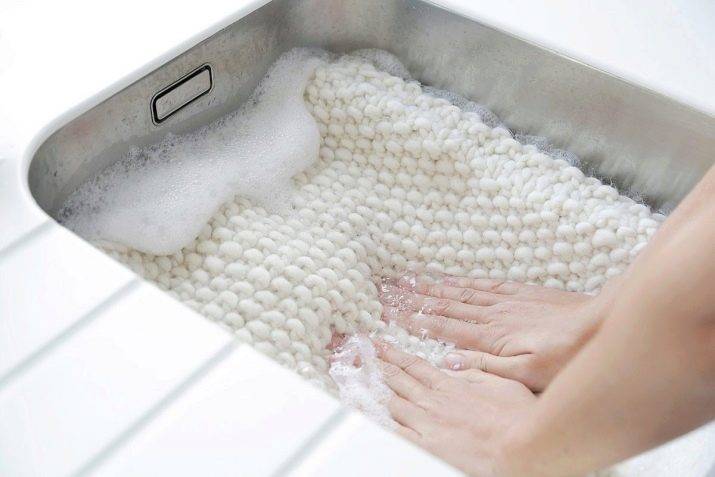
As for a fabric such as a synthetic winterizer, such things go well with washing in a typewriter. They do not deform, do not lose their quality. In this case, it is better to set the delicate mode for synthetics, and then create an intensive rinse. Regular powder is a great substitute for liquid products.
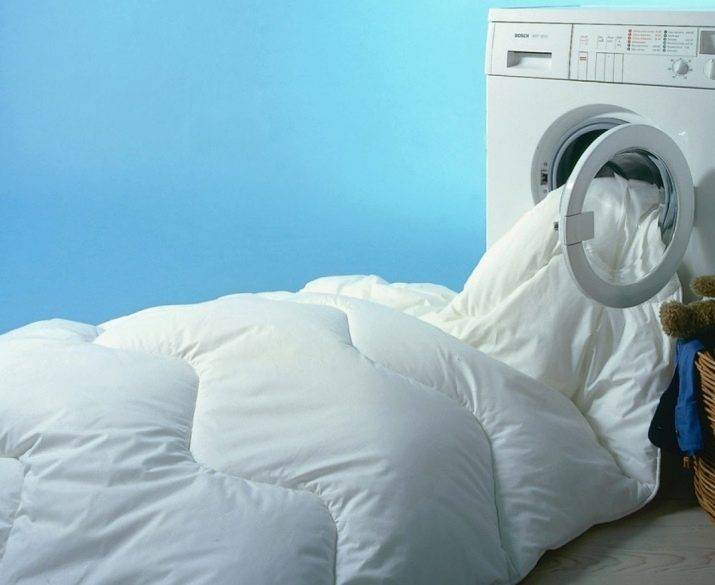
Holofiber can be cleaned in a machine at a temperature that does not exceed 60 degrees. However, do not use the spin mode. Powders are usually used to remove dirt, but it is not recommended to add conditioner. To dry the product well, it must be straightened and placed on a flat surface. Remember to beat the thing sometimes.
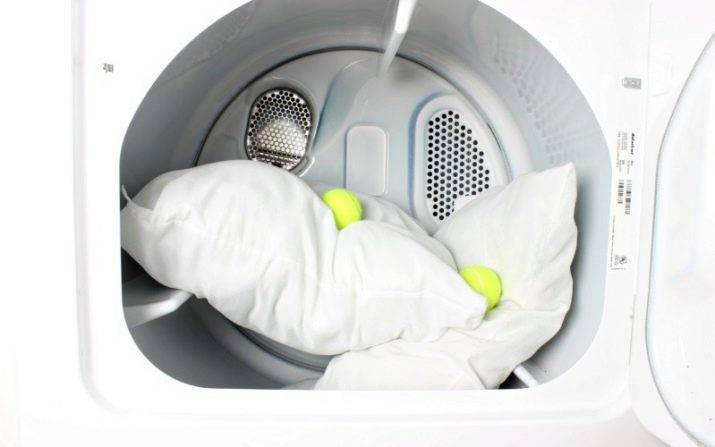
Microfiber can be cleaned in the normal mode. In this case, the water should be warm - 60 degrees. Ironing is optional after cleaning.
Wash your terry robe at 60 degrees. You should put the thing in the typewriter, while not forgetting to separate household items from others.
Viscose, however, does not tolerate high temperatures. Therefore, the water should be no more than 30 degrees.
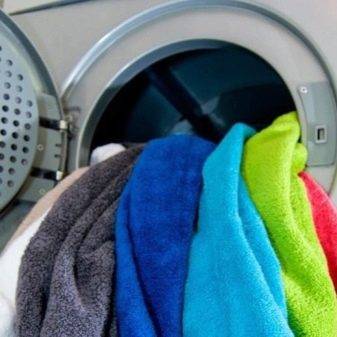

Corduroy models require delicate handling. In this case, the fabric should first be cleaned of dust, crumbs and other dirt. It is best to hand wash clothes made from this material. Place the product in a basin, fill it halfway with warm water. Soap solution is added beforehand.The walls of the product should be rubbed against each other - the dirt is removed with a special sponge, which has a foam rubber surface.
After the end of the procedure, do not carefully wring out the product. The moisture should dry itself by drying naturally. This will reduce the possibility of damage to the product.
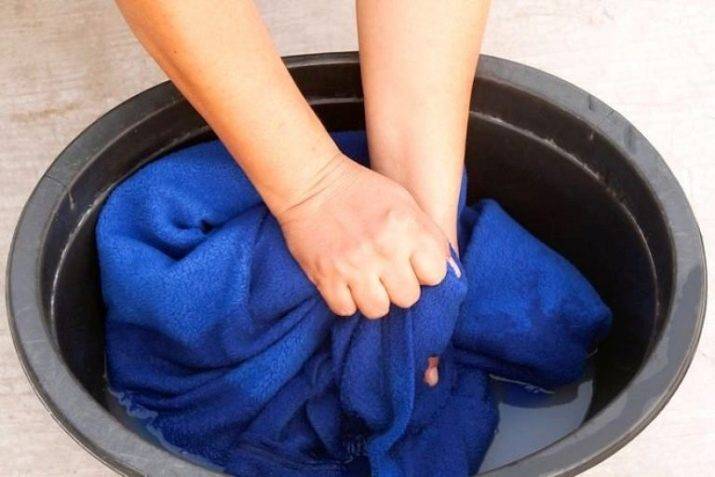
Which backpacks and briefcases can be machine washed, and which cannot?
The shoulder bag is not machine washed in the following cases:
- If the frame of the product has wood-laminated elements. When washed, they will become soaked and deformed. Only backpacks with water-resistant plastic or stainless steel can be cleaned in an automatic machine. One-piece frame structures must be removed, otherwise they will damage the drum, deform themselves or do not fit at all into the machine.
- If the fabric is impregnated with water-repellent substances. To find out if a shoulder bag can be washed, you need to run your hand over its surface. If the coating is smooth on the inside and rough on the outside, it cannot be washed. The detergent will wash away the protective compound.
Most modern backpacks are made from Oxford fabrics. There are several of their varieties, depending on the thickness of the thread. The fabric has a polyurethane coating, which makes the material waterproof, frost-resistant, and impervious to organic solvents. Cordura is another durable nylon fabric for backpacks that has a coating. Backpacks made of Cordura are wind-resistant, vapor-permeable, but fade under the influence of ultraviolet radiation. Washing such Oxford and Cordura products in a washing machine is possible only in a delicate mode, however, if powder and bleaching elements get in, the impregnation will be damaged. The washing mode is delicate and drying in a well-ventilated place away from direct sunlight.
Machine wash
Machine washable only if approved by the manufacturer. This information is usually indicated on the product label.
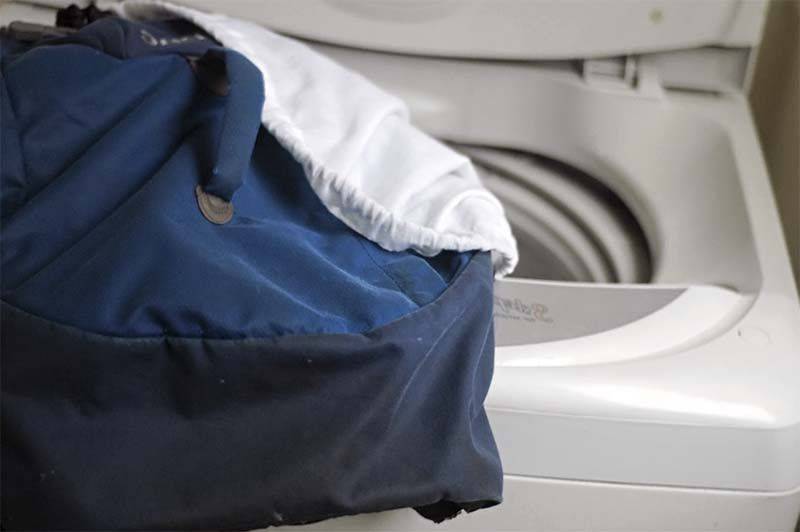
Preparation
Preparation is done in much the same way as in the case of hand washing. All personal belongings are removed, small debris is crushed (you can use a vacuum cleaner), and the product is turned inside out. However, in this case, all locks must, on the contrary, be closed, and not left open. Next, all straps must be tucked inward. The backpack should be placed in a special cover or unnecessary pillowcase to minimize contact with the washing machine drum.
Work on stains
There are several ways to remove stains from the surface of a backpack:
- Talc or starch. Add powder to warm water until gruel forms, and apply the product to the stain. Once the mixture has absorbed the dirt, remove it by rubbing it with a damp sponge.
- Lemon juice is used for light fabrics, and onion juice for dark fabrics. A cut of fresh product is processed with a greasy stain until it is completely removed.
- Liquid ammonia will help remove the stain from synthetics. They need to moisten a cotton pad and treat the problem area.
Choice of mode and means
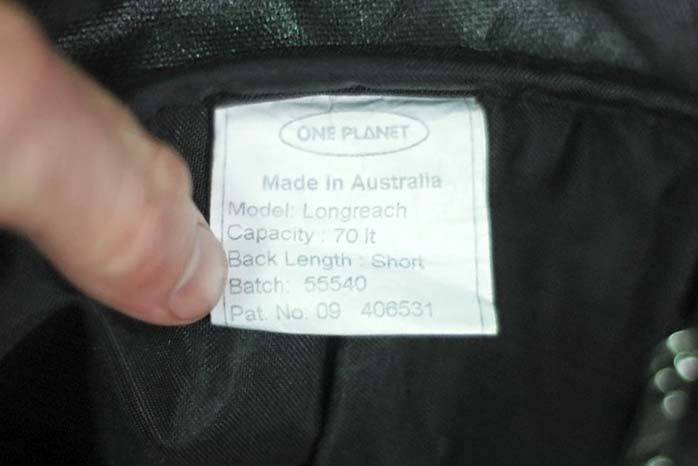
After all the stages of preparation for washing in the washing machine are completed, you can start the process itself. There are a number of rules that must be followed in the case of such a treatment of a backpack:
- The mode is chosen exclusively "delicate". Also allowed the mode "hand wash" or "silk", which are gentle on things.
- The permissible water temperature must be indicated on the product label. If, for some reason, there is no such information, then during washing the water temperature should not exceed 40 ° C.
- The minimum amount of detergent should be used. If it is a liquid detergent, then 1-2 tablespoons are enough.
- The number of revolutions during spinning should not exceed 400. It is best, of course, to do without it.
- To prevent soap stains on the surface of the product, use the “double rinse” function, if present in your washing machine.
Drying your backpack should be done naturally in a well-ventilated area. To speed up the process, you cannot use a hairdryer, fan heater or heating devices.
Handwash
You can entrust your underwear to the washing machine. Modern models gently wash any type of fabric.
Which mode
- Choose a hand wash or delicate wash.
- The maximum permissible water temperature is 40 ° C.
- Use liquid powder or powder capsules.
- Soak items in the detergent solution.
- Leave to act for 20-60 minutes.
- Then rinse under the tap.
- Do not squeeze or twist the product strongly.
It is necessary to wash the laundry as it gets dirty. In case of sudden stains, send the set to the wash, without waiting for the stains to dry. It is recommended to wash baby bedding 1-2 times a week, the same rule applies to pillowcases.
The higher the washing temperature, the faster and more efficiently the process of disinfection of the laundry is carried out. However, for many types of fabrics, a high washing temperature is contraindicated, therefore it is necessary to check the designations on the label of a particular product.
- Linen and cotton are best washed at 60 degrees.
- Bed linen in bright colors with a large print or pattern should be washed at a temperature of 30-50 degrees.
- When washing colored bed linen, use products specifically for bright colors of the fabric, you can even use regular shampoo.
- Laundry with small stains must first be soaked in warm water with liquid detergent for 1-2 hours, and then washed in a machine.
- Do not store the linen in a crumpled state, it is rather difficult to iron it, especially if the set is made of natural fabrics.
- When drying, use clothespins that are not too hard, try to cling to them at the edges so as not to leave marks.
- Do not dry your laundry in the bright sun, the fabric will shed quickly.
Washing delicate items by hand is the best option. In order for the underwear not to lose its properties and qualities, it is imperative to know how to properly wash panties and bras. It is recommended to wash the products immediately, and if the item is not worn out and does not have strong contamination, then it is enough just to rinse it in soapy water.
To know how to wash panties by hand, you must follow the recommendations provided by the manufacturer on the product tag. The rules for caring for underwear are simple and straightforward, and if you follow them, your favorite sets will last a long time.
Backpack washing instructions

- Find the label on your backpack and follow the advice. If it is absent, you need to proceed to the next action.
- It is necessary to determine the material of manufacture of the product, most often it is tarpaulin or nylon, suitable for machine washing. If the material of manufacture is unknown, then you need to go to action # 10.
- A backpack with several straps is washed in a special washing bag (large pillowcase) or it is turned inside out and all straps are stowed inside. A bag or pillowcase is necessary so that the fasteners do not get stuck in the drum of the machine, and do not damage its walls.
- Washing is carried out in a gentle mode (gentle or delicate). For maximum protection of the backpack, use only cold water to prevent discoloration (up to 40 degrees).
- A powder with a safe action is added and the machine is turned on. Due to the higher density of the fabric, rinsing is more difficult, so rinse aid may be required for colored items.
- The washing process must be controlled. When washing one backpack, the washing machine is unlikely to be able to ensure it is properly balanced.Then, in order to avoid skewing and imbalance in the inner compartment of the machine, the washing is paused and the correct position of the product is manually maintained so that it does not wrinkle.
- When the wash ends, the item is removed. Remove excess water from the outside and inside with a dry cloth.
- If there is foam in the inside of the garment, drying is performed on the rope. The nylon product dries quickly both in the sun and in the shade. If there is no foam or the backpack is tarpaulin, then a dryer can be used.
- The tarpaulin product is dried on a low or medium dryer setting, which can take a long time.
- If washing with the machine does not work, you should use the manual mode. The product is placed in a large container or bath.
- Rinsing is in progress.
- A good spin is made.
- Drying is performed as in step 8.
Manually
Hand washing a child's school bag is chosen less often than processing in a typewriter. If there are difficult stains on the outside or inside, they are treated with a stain remover.
After half an hour, they move on to the main processing:
- Warm water is drawn into a large basin or directly into the bath.
- Dilute the detergent.
- Dip a backpack into the water.
- Using a sponge, clean the briefcase from the outside and from the inside. It is necessary to act methodically, processing zone by zone.
- After finishing cleaning, rinse the bag on both sides with non-hot water in order to completely wash out the remains of the detergent.
- Dry.
Handwash
The traditional hand wash is the gentlest way to get rid of dirt on your backpack. In some cases, for example, a frame product, it is allowed to wash only by hand.

Preparation
Preparing to wash is one of the important key points when washing a backpack. It defines the following stages:
- check all pockets, both outside and inside;
- turn the backpack inside out, even a frame backpack (in many models, the frame is removable);
- all locks and zippers must be opened, and decorative elements must be removed.
Once all personal belongings and small debris have been removed from the backpack, you can proceed to the next stage.
Removing stains
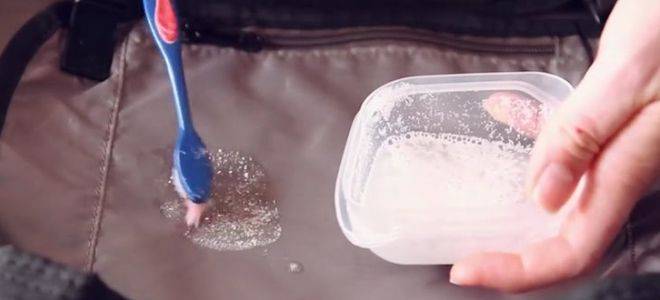
Any stains need immediate removal as soon as they appear. Otherwise, they should be washed before the main wash in order to increase the chance of their removal. For this:
- oily stains and streaks must be covered with table salt, rubbed a little, leave for 60-120 minutes and then shake out;
- treat ink traces with alcohol or vodka, in some cases leave a cotton pad on the dirt and wipe it off with a damp cloth after a while;
- to remove dried gum or stubborn plasticine, place the backpack in the freezer for 60-90 minutes, and then just gently scrape off the dirt;
- stains of any origin can be washed off with laundry soap.
Soak
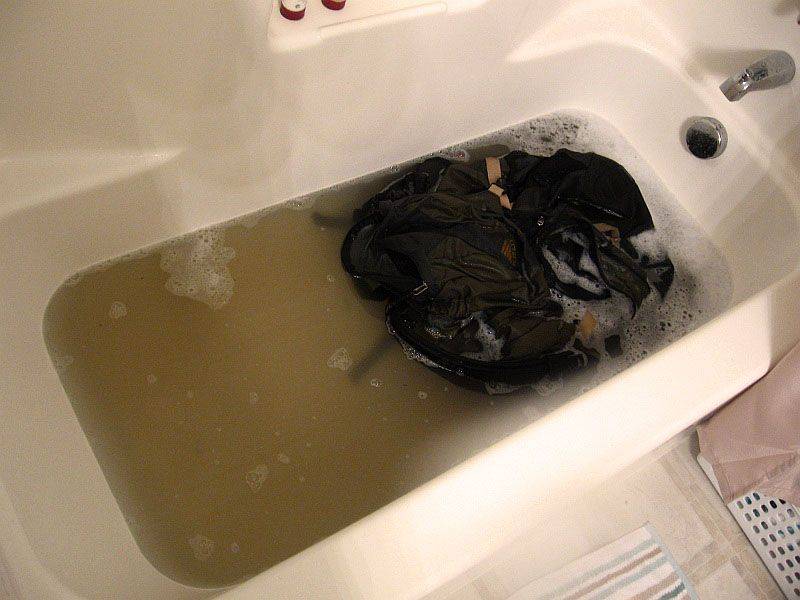
A heavily soiled backpack must be pre-soaked. For this:
- take clean water into the bath and dilute the detergent in it;
- immerse the product in a soapy solution so that the water completely covers it;
- leave in this form for a certain time - from 15 to 40 minutes.
- wash your backpack in the same water.
Particular attention should be paid to the choice of detergent. Regardless of the type of washing - hand or machine - it should be only "soft", gentle products
Avoid detergents that include:
- chlorine;
- bleaches;
- solvents;
- alkali;
- petrol.
Optimally, the correct remedy would be:
- baby soap;
- laundry soap solution;
- means for delicate things;
- shampoo;
- detergent in the form of a gel;
- capsules for washing.
Washing
For hand washing you will need:
- soap solution;
- sponge or brush with soft bristles;
- warm water.
Operating procedure:
- Submerge your backpack in soapy water. In this case, use a minimum amount of detergent.
- Once the product is completely wet, wipe the surface with a brush and circular motions.Do not scrub the backpack aggressively or use metal scrapers.
- Use an old toothbrush for hard-to-reach areas, and a small sponge for pockets and extra areas.
- Once the entire surface is finished, shake off the water in a forward and downward motion. Repeat the procedure if necessary.
- Use a shower jet to rinse the backpack until the water is clear.
Spinning
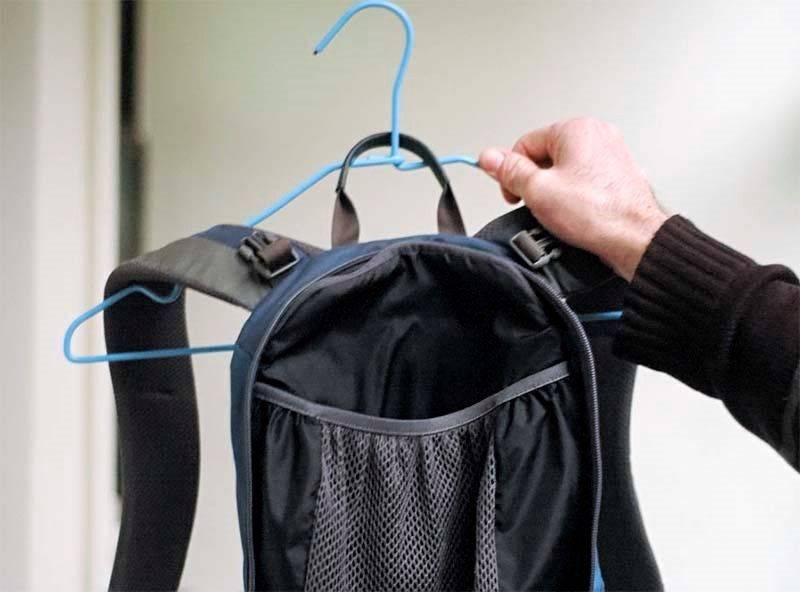
If the backpack is made of textile materials, then it must be slightly squeezed out, but not twisted or turned out. It is best if the water drains off the product on its own. To do this, it must be hung over the bathroom with a hanger and left in this form until completely dry. It is very difficult to squeeze frame products, although this is not recommended. In this case, the backpack is also hung out until the liquid drains off on its own.
Washing in a washing machine
IMPORTANT! Wash backpacks and satchels separately from other items.
- All detachable parts: patch pockets, belts, etc., are unfastened and cleaned separately.
- All interior compartments, pockets and zippers should be open.
- Put your backpack in a special mesh bag for washing, if you don't have one, you can get by with an old pillowcase.
- Select the appropriate wash cycle and temperature according to the instructions on the product label.
IMPORTANT! Incorrectly selected temperature conditions, as well as aggressive detergents can significantly damage your item
- Usually, the choice is left with liquid detergents and the use of a delicate mode or a hand wash mode, at a temperature not exceeding 40 ° C.
- Spinning should take place at a minimum number of revolutions.
- You can use an extra rinse, especially if you've used detergent.
- We do not use the "Drying" function in the washing machine.
- At the end of the washing process, the backpack is removed from the pillowcase.
- You can wipe or blot the item on all sides with a soft terry towel. This will remove excess moisture and allow faster drying. Or just hang the wet product over the bathtub for a while to drain the water.
- Well straighten the backpack itself and all the straps, straps and laces - ties.
- It is recommended to dry only naturally on an open balcony, in a well-ventilated room or outdoors, avoiding direct sunlight. All compartments, pockets should be open, zippers and fasteners open.
IMPORTANT! Do not use intensive drying methods such as using a washing machine, on a radiator, or near open sources of fire. You can irrevocably spoil a thing
Detergents for washing white clothes
A lot of means have been invented for washing white things. These are irreplaceable folk methods that have stood the test of time. As well as chemicals, the production of which is adjusted taking into account all types of fabrics, contaminants, and the program used.
Folk
Some popular methods of washing white have remained relevant to our time. Most commonly used:
mustard powder is diluted with hot water in proportions of 15 g of the product per 1 liter of water. When a sediment remains at the bottom of the container, the water without powder is poured into a separate basin (the remnants of mustard can be poured with boiling water one more time). In such a mixture, the fabric is first soaked for 1–2 hours, then it is manually washed;
table salt and soda washes linen and chintz things surprisingly well. Proportions for diluting salt: 1 tbsp. l. for 1 liter of water. It is recommended to wash after several hours of soaking.
Special attention is paid to rinsing, it is difficult to remove salt and soda;
Laundry soap can be used to lather clothes and start washing or rub and use as a washing powder. It will not bleach the fabric, but it will clean it perfectly.
Chlorine can be attributed to the traditional list of remedies.But bleach is a rather aggressive agent that can greatly weaken the strength of the fabric, it will begin to tear very easily.
Household chemicals
Store shelves are full of detergents for washing white clothes. The most effective are:
- Vanish for white. Primarily a stain remover. Adding it to washing powder can significantly lighten laundry. Works in cool water too.
- Burti Hygene Plus. It washes out well, has a strong antimicrobial effect.
- Ecover Belgium NV Industriweg. It belongs to the category of natural remedies, therefore it can be used in families with small children. Concentrate. A very small dose of the product is required for washing.
- Weasel. The magic of white. Not aggressive. Best for delicate, delicate fabrics.
- Ariel Alpha. In one wash, it is capable of renewing a thing, it can also be used in hand wash.
Purchasing any of the above products can be considered the right choice.
White items will be washed without problems if you use the correct detergents and follow the recommendations provided. Then your wardrobe will always be festive, and your home will be cozy and comfortable.
Preparing for washing
Do not neglect the preparatory steps and send the backpack to the washing machine immediately after the dirt is found. Instead of the expected result, this can only lead to a deterioration in appearance or the fact that the thing will be hopelessly damaged. The preparatory stage consists of several steps:
Take out the contents, check all compartments, pockets.
Remove trash
You can vacuum the interior, paying particular attention to seams and creases.
Clean the outer surface of dry dirt and dust by wiping with a damp sponge.
Read the label carefully to determine which cleaning method is suitable for the product.
Remove stains.
Unfasten all removable parts: shoulder straps, belts, handles, decorative elements so that they do not damage the drum during washing. Clean them separately.
Cut off the threads sticking out near zippers and locks.
Getting rid of stubborn stains
Dark fabric is considered practical and the least brand, which is not always true. Light spots on black items are very noticeable, most often they appear in the armpit area after profuse sweating or using deodorant. The tonal base leaves stubborn stains on dresses and shirts.
The main rule when removing stains from the fibers of black fabrics: do not use hot water, which will only fix the dirt. The water temperature should not exceed 40 ° C.
After washing, the clothes are dried indoors, out of direct sunlight, to avoid cloudy streaks.
Antiperspirant marks
Apply a vinegar solution to the contaminated areas and leave for 8 hours, after which the item can be machine washed.
Another powerful remedy for fresh stains: Lemon juice applied to the surface of the fabric for just a few minutes. After that, the contaminated area is washed with laundry soap.
Dishwashing detergent is one of the most effective in fighting sweat stains. They are treated with the points of contact of the fabric with the armpits and left for 2 hours, then the thing is washed as usual.
An old handy tool for removing stains is vodka. The fabric is moistened with it and left for half an hour.
Old stains
Table salt will help to restore the product to its previous appearance. Its solution is rubbed into a damp cloth, left for 12 hours, then rinsed thoroughly under cool running water. Salt solution consistency: 100 g of salt per liter of water.
If the stain cannot be removed the first time, do not wash the item again. In this case, you will need to choose a stain remover according to the type of fabric.

